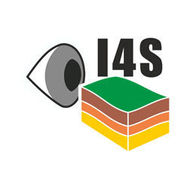Connecting crop models with highly resolved sensor observations to improve site-specific fertilisation (2017.0)
Wallor E., Kersebaum K., Lorenz K., Gebbers R.
Advances in Animal Biosciences, 8 (2), 689-693
Abstract
High spatial variability of soil properties restricts the benefits of process-oriented modelling for management recommendations on field scale due to rare information about the soil inventory and its distribution. Geo-electrical mapping provides with a certain spatial pattern, but results are influenced by various factors. The model HERMES was applied to 60 of altogether 80 soil sampling points of a well-documented field in North-Rhine Westphalia characterised by a wide range of soil texture. Validation of HERMES resulted in satisfactory root mean square errors (RMSE) for yield (0.76 t ha ⁻¹ ), water (34.70 mm) and nitrogen in soil (51.44 kg ha ⁻¹ ) over the whole simulation period. At the same field, values of conducted electrical conductivity (EC a ) mapping ranged from 20 to 90 mS m ⁻¹ and have been assigned to the soil sampling points to proof statistical relations. Clay and sand contents of three soil layers were highly correlated with measured EC a values. Derived regression models show R ² values between 0.73 and 0.89. The subsequent calculation of soil texture at points of EC a mapping produced an improved resolution of this key value to initialize model simulation.
